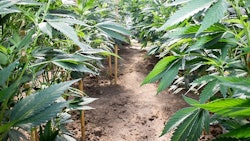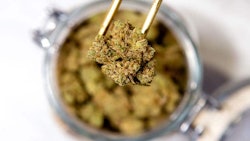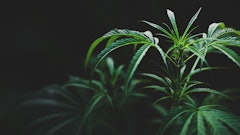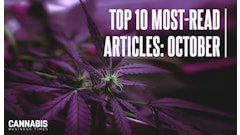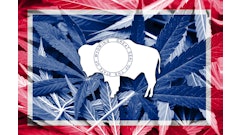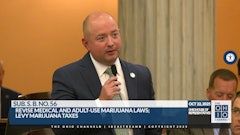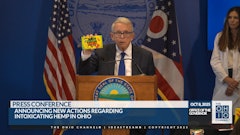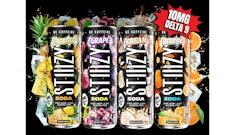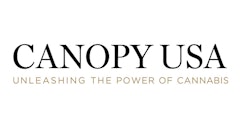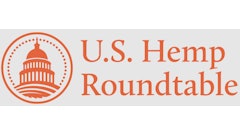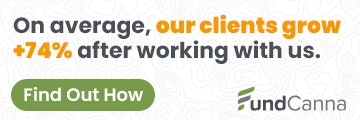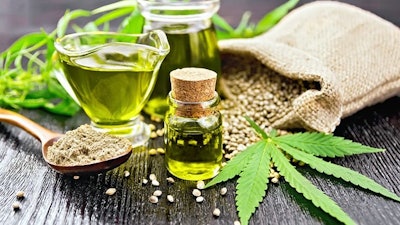
Editor's Note: This story was updated at 9 a.m. Dec. 18 with a correction. The original story stated heavy CBD users increased from 11% in Q2 2020 to 14% in Q3. The actual increase was from 55% in Q2 to 58% in Q3.
This year has brought unprecedented challenges to businesses across all retail supply chains, and cannabidiol (CBD) is no exception. Any hope of the nascent industry finding its footing in 2020 was squandered by the arrival of the COVID-19 pandemic to the U.S. early in the year.
Industry analyst Brightfield Group predicted the pandemic would result in a “significant extinction event” for hundreds of CBD brands that could not weather the resulting economic recession. And while the severity of that extinction event is still playing out as the pandemic trudges into 2021, earnings reports from some of the industry’s top players illustrate just how consequential the virus has been.
CV Sciences, for example, reported losing nearly $13 million in the first three quarters of 2020, which CEO Joe Dowling attributed to COVID-19 as well as CBD’s vast competitive landscape. Product sales for CV Sciences were also down from $44.3 million in the first three quarters of 2019 to just $19.2 million—an over 50% loss—in the same period for 2020.
CBD giant Charlotte’s Web has also felt the rippling effects of the pandemic, reporting significant year-over-year losses all of 2020, including a $6.6 million loss in Q3 (its most successful quarter of the year).
Still, leaders of those companies both said during their most recent earnings calls that they have confidence in the industry as a whole and their ability to withstand the COVID-19 headwinds.
“We feel very good about our strategy and the capabilities in [the direct-to-consumer channel], and we are confident in our ability to drive growth in this channel going forward,” said Charlotte’s Web CEO Deanie Elsner during the company’s Nov. 12 earnings call.
Virginia Lee, the CBD research manager at Brightfield Group, says the companies successfully selling their products directly to consumers have fared the best throughout 2020. That has been driven strongly by e-commerce sales, especially as stay-at-home measures have gone into place and brick-and-mortar shops shut down. Lee points out that in many cases, companies have only been able to transition to direct-to-consumer e-commerce sales if they had the financial means to do so, leaving many small businesses behind.
It’s a hard-earned lesson that surviving businesses will likely carry with them far beyond the pandemic’s end.
“CBD companies [are] now just more aware that they need to be able to sell CBD through all the channels and not put all their eggs in one basket,” Lee says, adding that online sales will “continue to be a strong force in CBD purchases” heading into 2021 and beyond.
The pandemic has brought a bit of good news to the industry: On the whole, CBD use is on the up and up. Lee says the number of heavy CBD users—those who report using CBD products five days a week or more—has increased from 55% in Q2 2020 to 58% in Q3.
Additionally, Brightfield found the number of new CBD users entering the market began to rebound in Q3, signaling an increasing number of people are using CBD to cope with pandemic stress. These “newbies”—consumers who have been using CBD for three months or less—are relatively affluent, typically married with children and more knowledgeable than previous newbie consumers, Brightfield’s latest report found. Newbie consumers are also using tinctures now more than ever.
“These trends are a strong leading indicator of what brands will need to be successful going into Q4 and 2021,” says the Brightfield report.








